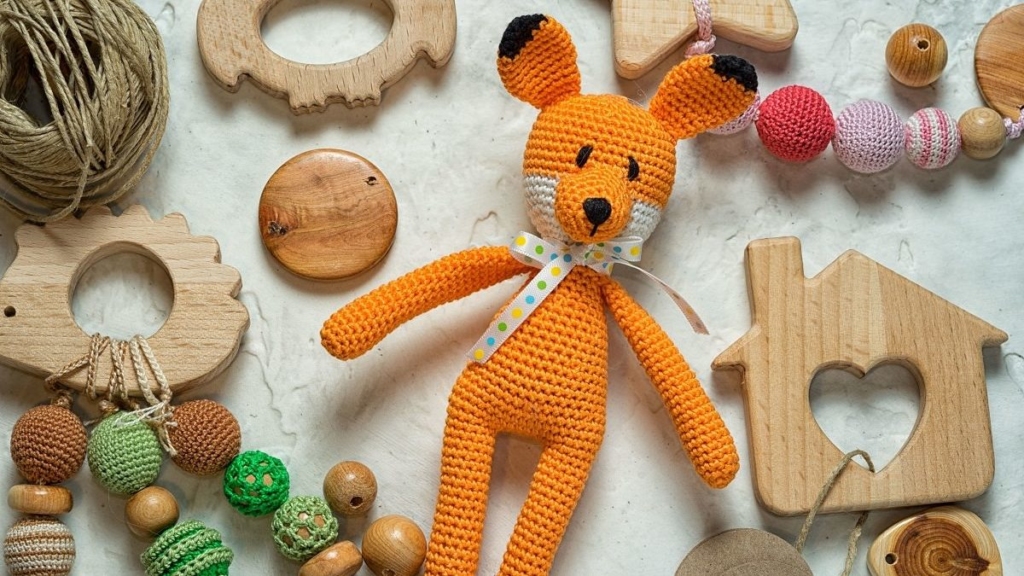Eco-friendly Toy Brands
In today’s world, where environmental concerns are paramount, the toy industry is experiencing a transformative shift towards eco-friendliness and sustainability. A growing number of toy brands are taking the lead in developing innovative products that prioritize sustainable materials and manufacturing practices. This article highlights the importance of eco-friendly toy brands, their commitment to reducing environmental impact, and the positive influence they have on shaping a more sustainable future of play.

Promoting Sustainable Materials
Eco-friendly toy brands prioritize the use of sustainable materials in their products. They explore alternatives to traditional plastics, such as bioplastics derived from renewable resources, recycled plastics, and plant-based materials. By adopting these materials, toy brands minimize their reliance on fossil fuels, reduce greenhouse gas emissions, and contribute to the conservation of finite resources. Additionally, eco-friendly toys often feature non-toxic, water-based paints and dyes, ensuring the safety of children while reducing the release of harmful chemicals into the environment.
Embracing Responsible Manufacturing
Sustainable toy brands go beyond materials and extend their commitment to responsible manufacturing practices. They prioritize ethical supply chains, fair labor conditions, and socially responsible production processes. This includes reducing energy consumption, minimizing waste generation, and implementing recycling and waste management systems within their manufacturing facilities. By adopting these practices, eco-friendly toy brands strive to create a positive impact on both the environment and the communities in which they operate.

Educational and Empowering Play Experiences
Eco-friendly toy brands not only prioritize sustainability but also aim to educate and empower children through their play experiences. They design toys that promote environmental awareness, inspire creativity, and foster a deeper connection with nature. These toys often encourage open-ended play, imaginative storytelling, and hands-on exploration of the natural world. By engaging children in play experiences that highlight ecological values and sustainability principles, eco-friendly toy brands contribute to shaping a generation of environmentally conscious individuals who value and protect our planet.
Consumer Influence and the Power of Choice
The rise of eco-friendly toy brands is a direct response to consumer demand for more sustainable options. Parents, caregivers, and children themselves are increasingly aware of the environmental impact of their purchasing decisions. By choosing eco-friendly toys, consumers send a strong message to the industry, encouraging other brands to follow suit and adopt sustainable practices. The collective action of consumers in favor of eco-friendly toys can drive systemic change, making sustainability the norm rather than the exception in the toy industry.
Wrap up
Eco-friendly toy brands play a crucial role in transforming the toy industry into a more sustainable and environmentally conscious sector. Their commitment to sustainable materials, responsible manufacturing, and educational play experiences sets them apart as leaders in the pursuit of a greener future of play. By supporting these brands and making conscious purchasing choices, consumers contribute to the positive impact and inspire further innovation in the toy industry. Together, we can create a world where children’s play is not only joyful but also aligned with the principles of environmental responsibility and sustainability.


